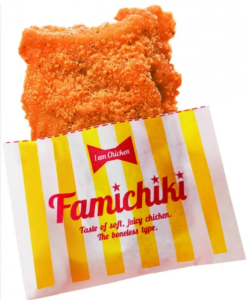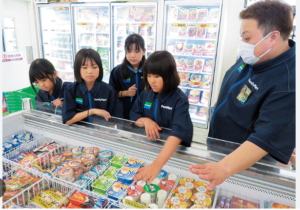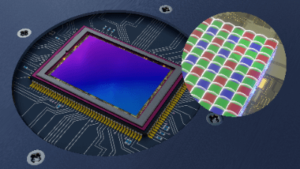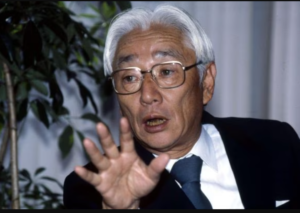Japanese agriculture is an industry that produces some of the highest quality food in the world, but it is currently facing many challenges. In particular, the aging of the population has led to a shortage of workers and an increase in abandoned farmland, and these problems may become even more serious in the future. In addition, intensifying competition due to international trade liberalization is putting pressure on agricultural profitability.
However, there are also movements to address these challenges. For example, due to the intensification of farmland, mechanization of agricultural work and the introduction of smart agriculture are progressing. This enables efficient agricultural management and reduces production costs. In addition, new forms of agriculture are being born as agricultural management becomes more corporatized, the number of large-scale farmers increases, and management diversifies.
Regarding smart agriculture, efforts are being strengthened to utilize cutting-edge technologies such as ICT and robot technology to save labor in agriculture and improve varieties. This includes assist suits that support harvesting operations and self-driving tractors, and in the future, unmanned operation is expected to save labor in agricultural work.
Examples of the latest use and introduction of AI technology in the agricultural field include the following.
・“Variable fertilization” system that links satellite sensing images and rice transplanters
・Autonomous driving with robot tractor
・Pesticide spraying and fertilization using AI-equipped drones
・Understand the growth status from a distance using drone aerial image analysis
・Automatic harvesting and adjustment of outdoor-grown cabbage
・AI learns the know-how of facility cultivation and contributes to high-quality growth of crops through appropriate automatic control
・AI predicts yield and timing based on data in the facility and optimizes staffing
・Improve crop quality and yield by predicting diseases of cultivated vegetables using AI
・Low-cost environmental control system for small and medium-sized houses
For example,
JA Zen-Noh, Kubota Co., Ltd., BASF Digital Farming Co., Ltd., and BASF Japan Co., Ltd. are working together to develop the cultivation management support system “xarvio® FIELD MANAGER” and the farming management and service support system “KSAS (Kubota Smart)”. A demonstration test is being conducted to link the “Agricultural System”.

Image provided by: BASF Japan Co., Ltd.
https://minorasu.basf.co.jp/80820
In this demonstration test, Zarubio will analyze satellite sensing images to visualize crop growth conditions and create a “variable fertilization map” based on this. The data is imported into the rice transplanter via KSAS, and fertilization is automatically performed based on the data.
Through this demonstration experiment, we aim to complete a system that uses AI to predict growth, disease and weed outbreaks, and propose and support optimal cultivation management.
New prospects for agriculture include efforts to shift to sustainable agricultural management, improve the added value of agricultural products through breeding to meet market needs, and increase productivity through advances in agricultural technology. can be mentioned. These efforts are essential to overcoming the challenges facing Japanese agriculture and creating new value.
Examples of major Japanese agricultural companies include Kaneko Seeds, Sakata Seed, Hokuto, Akita Rice, Mizkan Group, Kyowa Hakko Kirin, Ajinomoto, Morinaga Milk, Nippon Ham, and Calbee. These companies contribute to the development of agriculture both domestically and internationally in their respective fields of expertise.






